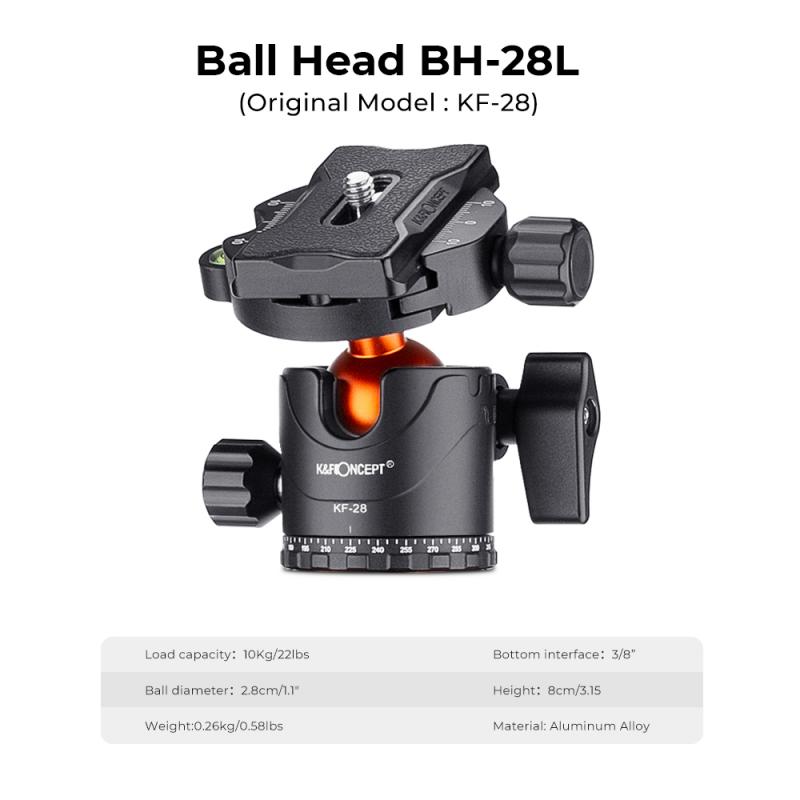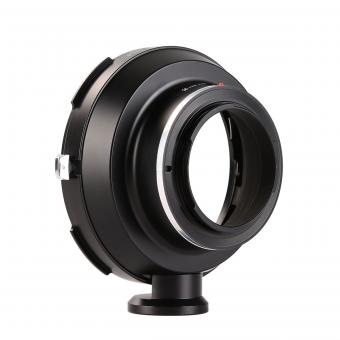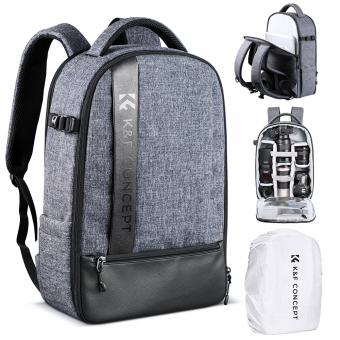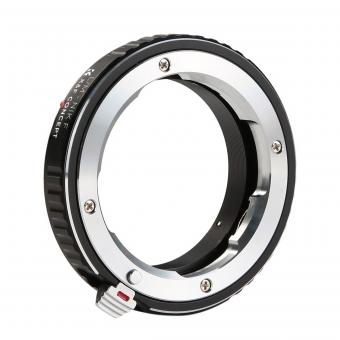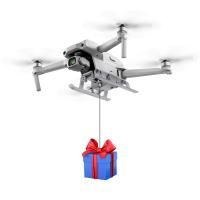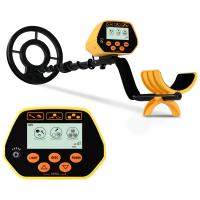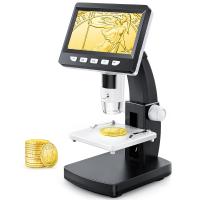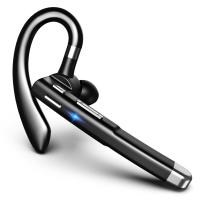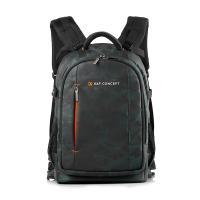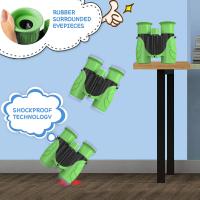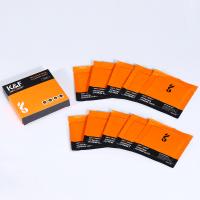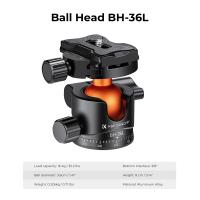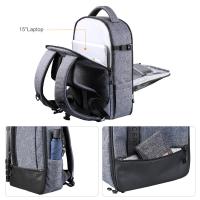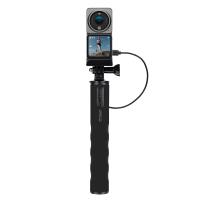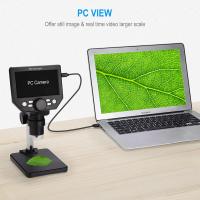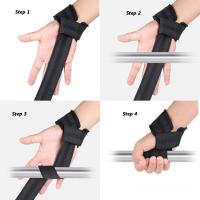How To Mount Dslr On Tripod ?
To mount a DSLR camera on a tripod, you will typically need a tripod with a compatible mounting plate. Most tripods come with a quick-release plate that attaches to the camera's tripod socket. To mount the DSLR, you need to align the mounting plate with the camera's tripod socket and securely attach it. Once the plate is attached, you can slide it into the tripod's quick-release mechanism and lock it in place. Make sure to tighten the locking mechanism to ensure the camera is securely mounted. Adjust the tripod's height and position as desired, and you are ready to use your DSLR camera on the tripod for stable shots.
1、 Choosing the Right Tripod Mount for Your DSLR Camera
Choosing the right tripod mount for your DSLR camera is essential for achieving stable and professional-looking shots. Mounting your DSLR on a tripod provides stability, reduces camera shake, and allows you to capture sharp images, especially in low-light conditions or when using longer exposure times. Here's a step-by-step guide on how to mount your DSLR on a tripod:
1. Ensure that your tripod is set up on a stable surface. Extend the tripod legs and lock them securely in place.
2. Locate the tripod mount on your DSLR camera. It is usually located on the bottom of the camera body.
3. Align the screw on the tripod mount with the hole on the bottom of your camera. Insert the screw into the hole and rotate it clockwise to tighten it securely.
4. Once the camera is securely attached to the tripod, adjust the tripod head to position the camera at the desired angle and composition.
5. Use the tripod's locking mechanisms to secure the camera in place. This will prevent any accidental movement or rotation of the camera during shooting.
It's important to note that different DSLR cameras may have slightly different tripod mounts. Some cameras may have a quick-release plate system, which allows for faster and easier mounting and dismounting of the camera from the tripod. In such cases, you would attach the quick-release plate to the camera's tripod mount and then attach the plate to the tripod head.
Additionally, it's worth considering the weight capacity of your tripod mount. DSLR cameras can vary in weight, so ensure that your tripod mount can support the weight of your camera and any additional accessories you may have attached, such as lenses or external flashes.
In conclusion, mounting your DSLR camera on a tripod is a crucial step in achieving stable and professional-looking photographs. By following these steps and considering the latest advancements in tripod mounts, you can ensure that your camera is securely attached and ready to capture stunning images.
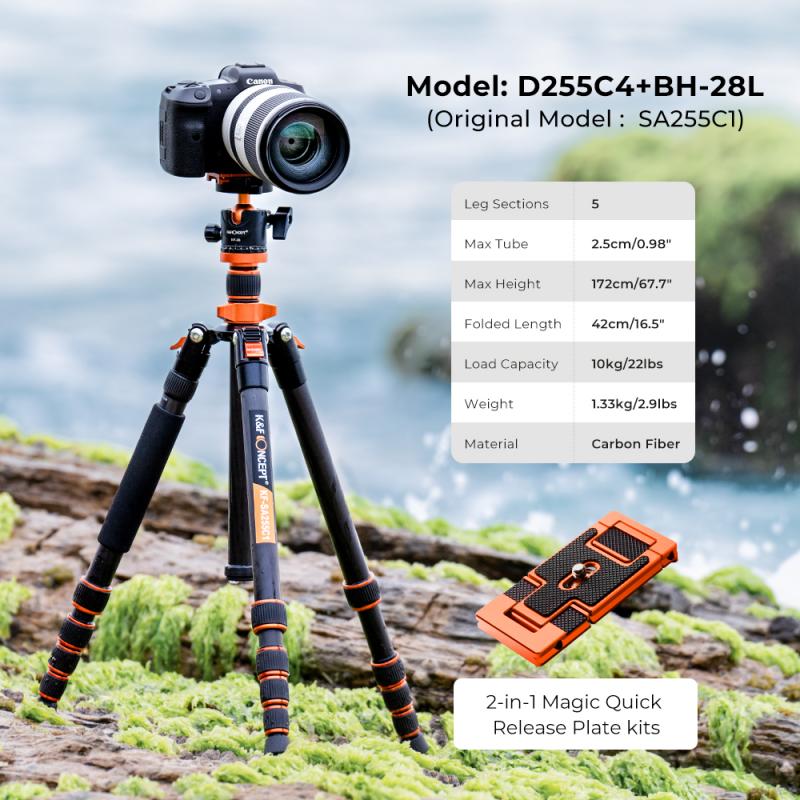
2、 Attaching Your DSLR Camera to the Tripod Mount
Attaching Your DSLR Camera to the Tripod Mount
Mounting your DSLR camera on a tripod is a crucial step in achieving stable and shake-free shots. Whether you are a professional photographer or an amateur enthusiast, using a tripod can greatly enhance the quality of your photographs. Here's a step-by-step guide on how to mount your DSLR camera on a tripod:
1. Choose a compatible tripod: Ensure that your tripod is compatible with your DSLR camera. Most tripods come with a standard 1/4-inch screw mount, which is the same size as the tripod socket on your camera.
2. Locate the tripod socket: The tripod socket is usually located on the bottom of your camera. It is a threaded hole where the tripod screw will be inserted.
3. Align the camera: Place your camera on a flat surface and align the tripod socket with the screw mount on the tripod head.
4. Attach the camera: Once aligned, gently screw the tripod screw into the tripod socket on your camera. Make sure it is securely tightened, but be careful not to overtighten it.
5. Adjust the position: Once your camera is securely attached to the tripod, you can adjust the position by loosening the tripod head's locking mechanism. This allows you to tilt, pan, or rotate your camera to achieve the desired composition.
6. Check stability: Give your camera a gentle shake to ensure it is securely mounted. If it wobbles or feels loose, double-check the tightness of the tripod screw.
It's worth noting that some newer DSLR cameras come with built-in image stabilization technology, which can compensate for minor camera movements. However, using a tripod is still recommended for more precise and professional-looking shots.
In conclusion, mounting your DSLR camera on a tripod is a simple process that can greatly improve the quality of your photographs. By following these steps, you can ensure that your camera is securely attached and ready to capture stunning images.
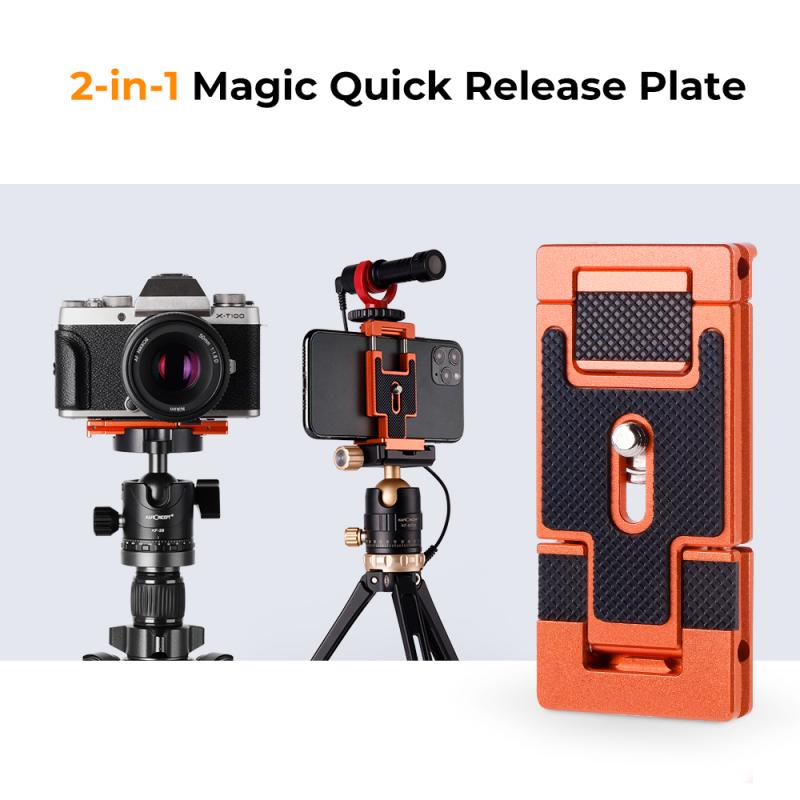
3、 Adjusting the Tripod Height and Position for Optimal Stability
To mount a DSLR on a tripod, follow these steps:
1. Start by extending the tripod legs to a comfortable height. Make sure the legs are securely locked in place to ensure stability. Adjusting the tripod height is crucial for achieving the desired composition and stability.
2. Locate the tripod head, which is the part that holds the camera. Most tripods have a quick-release plate system that allows you to easily attach and detach the camera. Attach the quick-release plate to the bottom of your DSLR, ensuring it is securely fastened.
3. Once the quick-release plate is attached, align it with the tripod head and slide it into place. There is usually a locking mechanism that secures the plate in position. Double-check that the camera is securely mounted on the tripod before proceeding.
4. Adjust the tripod head to position the camera at the desired angle. Most tripod heads have multiple knobs or levers that allow you to pan, tilt, and rotate the camera. Use these controls to fine-tune the camera's position for optimal composition.
5. Ensure that the tripod is stable by checking for any wobbling or movement. If necessary, adjust the tripod legs or tighten the locking mechanisms to eliminate any instability.
From a latest point of view, it is worth mentioning that some tripods now come with additional features such as built-in levels or bubble indicators, which help ensure that the camera is perfectly level. These features can be particularly useful when shooting landscapes or architectural photography.
Additionally, some tripods offer a center column that can be extended vertically or horizontally, allowing for more flexibility in positioning the camera. This feature can be handy when shooting at different heights or angles.
Remember, mounting a DSLR on a tripod not only provides stability but also allows for sharper images, especially in low-light situations or when using longer exposure times. It is an essential tool for photographers looking to capture professional-quality shots.
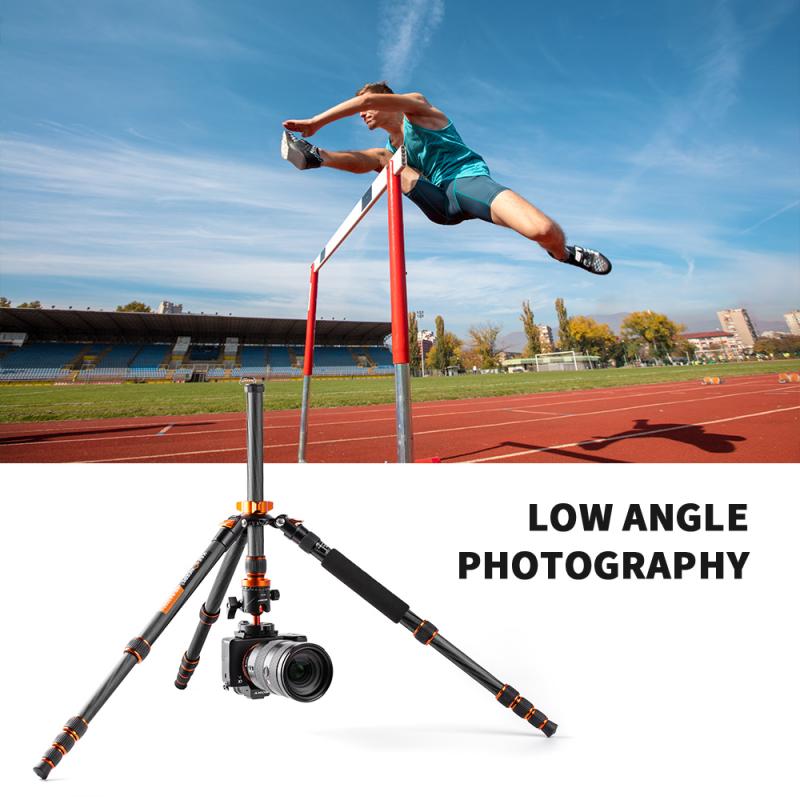
4、 Securing Your DSLR Camera on the Tripod Mount
Securing Your DSLR Camera on the Tripod Mount
Mounting your DSLR camera on a tripod is essential for capturing steady and professional-looking photographs. It not only provides stability but also allows you to experiment with different angles and compositions. Here's a step-by-step guide on how to mount your DSLR camera on a tripod:
1. Choose a compatible tripod: Ensure that your tripod is compatible with your DSLR camera. Most tripods come with a standard 1/4-inch screw mount, which is compatible with the tripod socket on your camera.
2. Locate the tripod socket: The tripod socket is usually located on the bottom of your camera. It is a threaded hole where the tripod screw will be inserted.
3. Align the camera with the tripod head: Place the camera on the tripod head, aligning the tripod screw with the tripod socket. Make sure the camera is securely seated on the tripod head.
4. Tighten the tripod screw: Once the camera is aligned, tighten the tripod screw by turning it clockwise. Ensure that it is securely fastened, but be careful not to overtighten it, as it may damage the camera or tripod.
5. Adjust the camera position: Use the tripod's pan and tilt controls to adjust the camera's position. This will allow you to frame your shot precisely and level the camera if needed.
6. Check stability: Gently shake the tripod to ensure that the camera is securely mounted and there is no wobbling. If the camera feels loose, double-check the tripod screw and tighten it further.
It's worth noting that some newer DSLR cameras come with built-in stabilization systems, such as in-body image stabilization. These systems can work in conjunction with a tripod to further enhance stability and reduce camera shake.
In conclusion, mounting your DSLR camera on a tripod is a simple process that ensures stability and helps you capture sharp and professional-looking photographs. By following these steps, you can securely mount your camera on a tripod and enjoy the benefits of steady shots and creative freedom.
